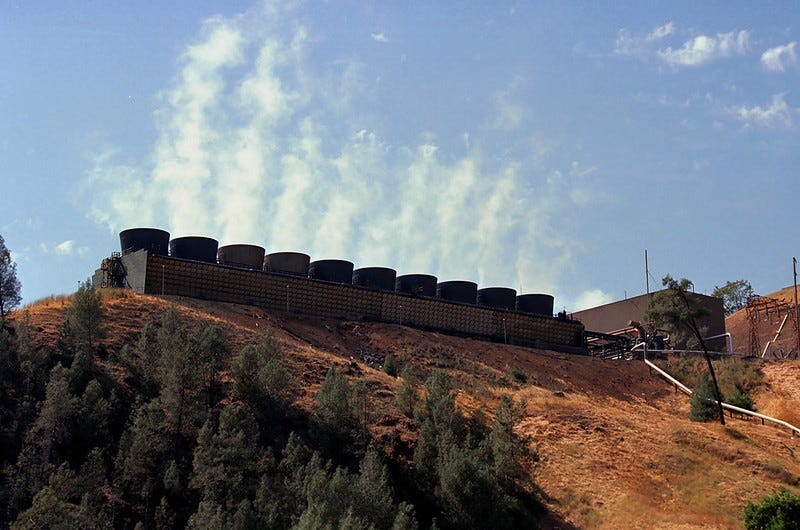Daniel Yergin takes on climate change: book review
Distinguished scholar Jack Hamilton examines Yergin's thesis on how energy transition will depend on international cooperation
By John Maxwell Hamilton
(About the author: John Maxwell Hamilton, the Hopkins P. Breazeale Professor of Journalism at Louisiana State University, is a longtime journalist and author of Manipulating the Masses: Woodrow Wilson and the Birth of American Propaganda.)
WASHINGTON, D.C. (Callaway Climate Insights) — All politics is local, former Speaker of the House Tip O’Neill famously said.
But when it comes to many of the direst issues, both the problem and the political solution are international as well as local.
Such is the case with global warming, as Daniel Yergin tells us in his latest book, The New Map: Energy, Climate, and the Clash of Nations.
This conclusion will not come as news to the readers of Callaway Climate Insights. But Yergin’s book will inform even the experts.
Long ago the author established his credentials as an astute authority on the geopolitics of energy, and this book serves as an extended policy paper on the future of energy production and use — and the implications for arresting global warming.
With a knack for historical perspective, Yergin divides the politics of climate into two distinct eras: “Before Paris” and “After Paris.” He is referring, of course, to the 2015 Paris climate agreement that established the urgency of dealing with our climate crisis. As for alternatives to direct action on global warming, the UN. Secretary General said at the time of the Paris gathering, there was “no Plan B.”
One sign of this “After Paris” change in perspective can be seen in U.S. presidential debates. In 2012 not a single climate question was asked. In 2016, five minutes were devoted to the subject. In 2020, CNN held a seven-hour town hall on the subject.
Similarly, only a few years ago, solar and wind power were alternative energy sources. They are now quotidian.
Yergin eschews lofty platitudes. He goes in depth on every conceivable issue.
He examines each palliative in the energy transition toolbox. Hydrogen, for instance, could account for 10% of the energy in the future. 3-D printing could reduce transportation costs. Nature-based solutions may lead to “coaching plants” to absorb more CO₂. Since the Paris climate accord, carbon capture and storage has evolved to carbon capture, use, and storage. That use requires “finding commercial applications beyond putting the fizz” in soft drinks. [p. 405]
Yergin emphasizes that technological advances are not enough. Solutions depend on international collective action, precisely as the Paris agreements recognized.
The environmentally sensitive disposal of plastics, a byproduct of petrochemicals, is not a matter of outlawing plastic straws in American communities. The United States accounts for less than 1% of plastic waste in oceans. “About 90% of river-sourced plastic pollution in the oceans comes from uncontrolled dumping into 10 rivers and Asia and Africa.” [p. 416] Dealing with this requires that wealthy countries financially help the poorer take remedial action.
Even rich countries will find the local costs of transition expensive. Technological revolutions have enormous capital costs. An onshore wind turbine requires “fifteen hundred tons of iron, twenty-five tons of concrete, and forty-five tones of plastic.” [p. 422] Scaling back petroleum-based energy will be disruptive. Dividends from BP (BP) and Shell (RDS.A) account for one-fifth of all British pensions.
Although Yergin’s map of the future foresees an energy transition to net zero carbon, he says, progress is slowing. “In the face of nationalism and protectionism, the clash among nations will become sharper, international collaboration more difficult, and borders higher.” [p. 425]
The Trump administration is both an emblem of these problems and an accelerator of them. At a time when Americans should have exemplified good global citizenship, Trump pulled the country out of the climate accord.
When Yergin’s book was in press, Donald Trump was president. With the election of Joe Biden, we have a chance to make up lost ground. If ever there was a time for American leadership this is it.
This book could — and should — serve as an essential document for the incoming administration.

